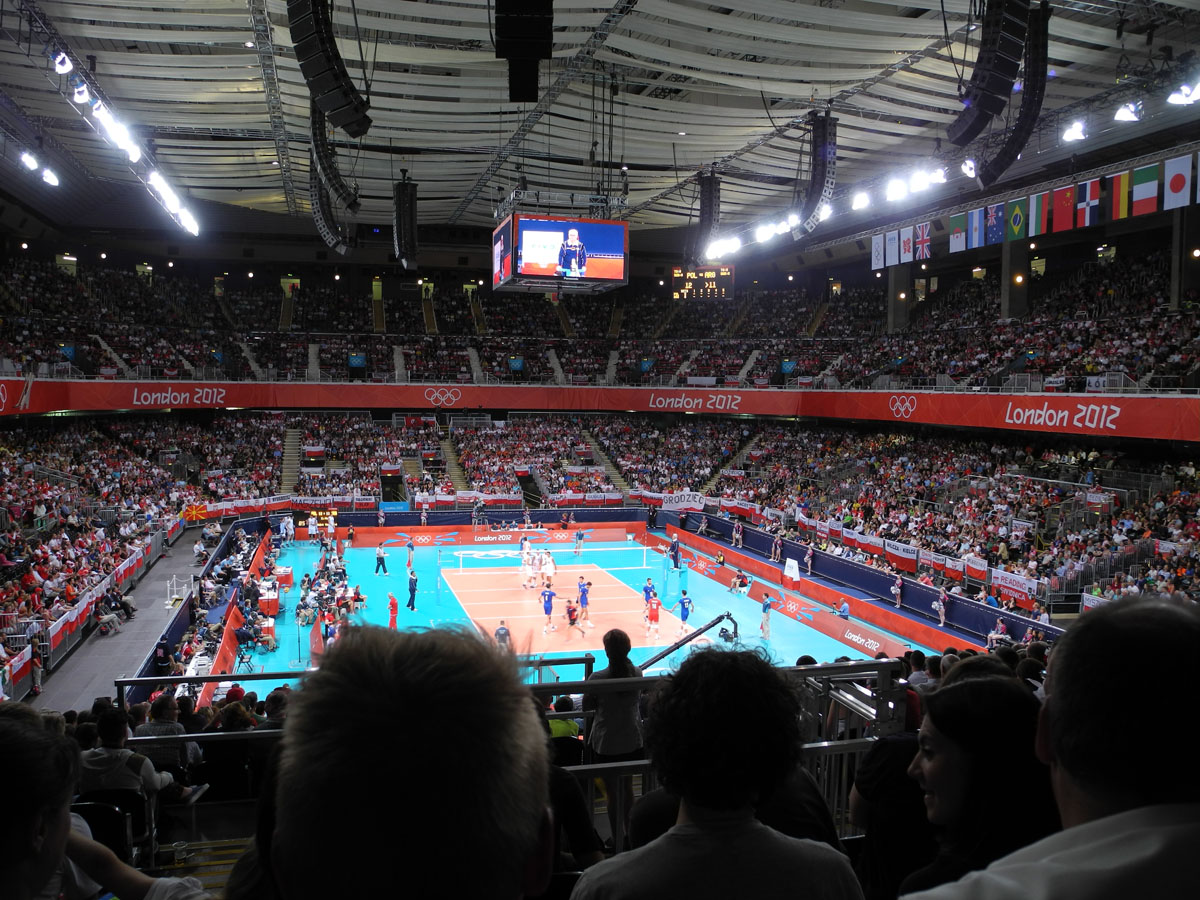Book recommendation; Images of the Past: Wembley: The History of the Iconic Twin Towers
From the publisher:

Images of the Past: Wembley: The History of the Iconic Twin Towers
Maurice Crow
It was the field of dreams, the birthplace of legends, the hallowed home of our sporting gods. Historic Wembley Stadium, with its iconic Twin Towers, was truly the most revered of venues.
Until the Millennium, when the world-renowned colossus was demolished to make way for its futuristic replacement, the famous old Stadium witnessed some of the most heroic events of the Twentieth Century. But its history, although always exciting, was also often uncertain– and not a little bizarre.
So, despite most eyes being on future fixtures as the sporting hub heads towards it centenary, it is the ancient edifice’s often forgotten past that is the subject of this book. And the uncomfortable truth is that Wembley’s original debut was anything but auspicious. In fact, it was once viewed as a debt-ridden disaster. So doomed was it deemed to be that the North London complex was about to be knocked down – and was rescued only at the last moment, in the most extraordinary circumstances. Happily, it recovered to become a success story, the memories of which are recorded here, hopefully to open the floodgates of nostalgia for followers of sport.
Wembley, it must be remembered, came to the rescue of the first post-War Olympics when no other nation on earth would accept the challenge. It gripped greyhound racing aficionados and it thrilled to the roar of speedway stars. The giants of American football also muscled in to display their skills there.
Great Britons like Frank Bruno and Henry Cooper stepped into the ring (and Cassius Clay was felled to the canvas) before stunned boxing fans. And, of course, Wembley crowds gasped in awe at the footwork of Stanley Matthews and wept in ecstasy at the triumph of Bobby Moore.
But the North London location is more than just the Holy Grail of sport. It has seen defining moments in pop music history, such as Live Aid. It has given platforms to the Pope and evangelist Billy Graham. It has staged breathtaking spectaculars no other venue could hope to accommodate, growing in stature over the course of an astonishing century.
This then, for both sports buffs and social historians, is historic Wembley’s story … an unfolding saga played out beneath those symbolically soaring Twin Towers.
By Maurice Crow
Imprint: Pen & Sword History
Series: Images of the Past
Pages: 133
Illustrations: 150
ISBN: 9781526702074
Published: 5th March 2018
London 1948 & 2012; Earls Court Exhibition Centre demolished
Earls Court Exhibition Center, venue for the 1948 and 1948 Olympic Games has been demolished in recent years. The area is now being redeveloped and will accommodate 10,000 new jobs and 7,500 homes. Read more about the redevelopment on this website.
Earls Court Exhibition Centre
Architect: C. Howard Crane
Built: 1935-1937
Expanded: 1991
1948 Olympics: Boxing preliminaries, gymnastics, weightlifting, and wrestling events.
2012 Olympics: Volleyball. 15,000 Seats.
Earls Court in 2012



Earls Court in 2017




Videos of the demolition
London 1948 & 2012; Empire Pool / Wembley Arena

Venue Empire Pool / Wembley Arena
Olympics London 1948 & 2012
Architect Arthur Elvin
Capacity 12,500 Seats (1948) / 6,000 Seats (2012)
Olympic Sports Boxing, diving, swimming and water polo (1948) / Badmintion and rhythmic gymnastics (2012)
Location
Photos




London 1948; Empire Stadium (Wembley)
Venue Empire Stadium (Wembley)
Olympics London 1948
Architect Sir John William Simpson and Maxwell Ayrton
Capacity 82.000 – 127.000
Olympic Sports Opening and closing ceremonies, athletics, equestrian (jumping), football finals, field hockey finals
More information Wikipedia
